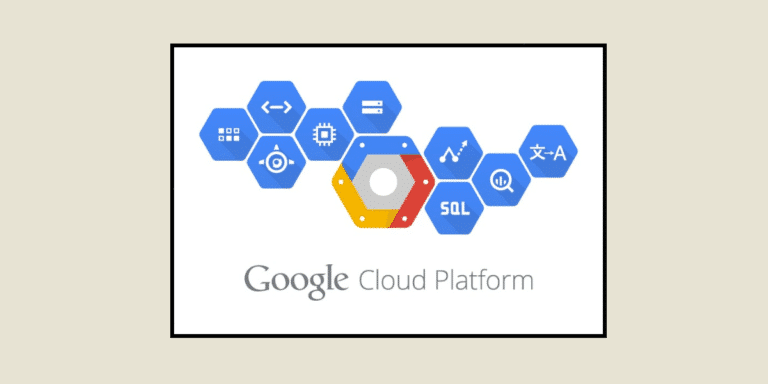Google Cloud Console: How does it work?

The Google Cloud Platform console lets you manage all the elements of your Cloud application. From Web applications and data analysis to virtual machines and networking, this web-based administrator interface helps you deploy and evolve your solutions. So what exactly can you do with the GCP console? Find out more. Create and manage a bucket […]
Transactional Database Model: All about this type of database

In the age of Big Data, no organization can do without a database. These structured datasets facilitate the analysis, processing and electronic retrieval of information. Depending on their objectives, companies can use relational, noSQL, hierarchical, object-oriented, distributed or transactional database models. Let’s take a look at the latter. What is a transactional database? Definition A […]
CORBA: Infrastructure definition and benefits

With the multiplicity of platforms and programming languages, application design is becoming ever more complex. To simplify software development, new concepts are emerging. One of these is CORBA (Common Object Request Broker Architecture). What is CORBA? What are its advantages? Find out in this article. What is the CORBA framework? CORBA stands for Common Object […]
OpenShift: Definition, operation and benefits of the platform

Companies using containers know: Kubernetes are everywhere. But managing these Kubernetes often represents a real challenge. And that’s true whether they’re organized within a single cluster or around multiple clusters. Red Hat’s OpenShift solution is the answer. What does it do? What are its benefits? Find out here. What is OpenShift? To transform traditional applications […]
Classification algorithms: Definition and main models

If machine learning allows organizations to be more efficient and make the best decisions, it is essential for data science experts to master various artificial intelligence algorithms. There are dozens of these algorithms, each serving a specific purpose. In this article, we will precisely examine the different classification algorithms. What is a classification algorithm? Definition […]
Seamlessly Connect Power BI and SQL Server: A Step-by-Step Guide

SQL Server and Power BI are two complementary tools for data analysis. On one hand, SQL Server is a database management system (DBMS) that allows for storing, controlling, sorting, and updating databases using the SQL language. On the other hand, Power BI is a business intelligence tool designed to help organizations make informed decisions using […]
Standard deviations in Excel: What’s it for? How do I calculate it?

To analyze a set of numerical data, the mean is often used. However, this parameter has some shortcomings that do not always reflect the reality of the data. Fortunately, other statistical tools allow for a deeper analysis. This is notably the case with the standard deviation. So, what is it? What is its purpose? And […]
Python If Else: Everything you need to know about conditional statements

Python If Else, and Elif are conditional statements that allow a program to execute code if certain conditions are met. This decision-making system is crucial for programmers, especially in the field of Data Science. Discover everything you need to know about the four forms of conditional statements in Python and how to undergo training to […]


